Exploring ABA for Toddlers
A Comprehensive Guide to ABA Therapy for Young Children
Introduction to ABA for Toddlers
Applied Behavior Analysis (ABA) therapy has become a cornerstone treatment for children with Autism Spectrum Disorder (ASD) and other developmental challenges, particularly during their early years. This article delves into the intricacies of ABA therapy, illuminating how its principles and techniques foster the developmental growth of toddlers. By exploring the essential components and methodologies of ABA, parents and caregivers can better understand the potential benefits and outcomes for their children.
Understanding the Basics of ABA Therapy
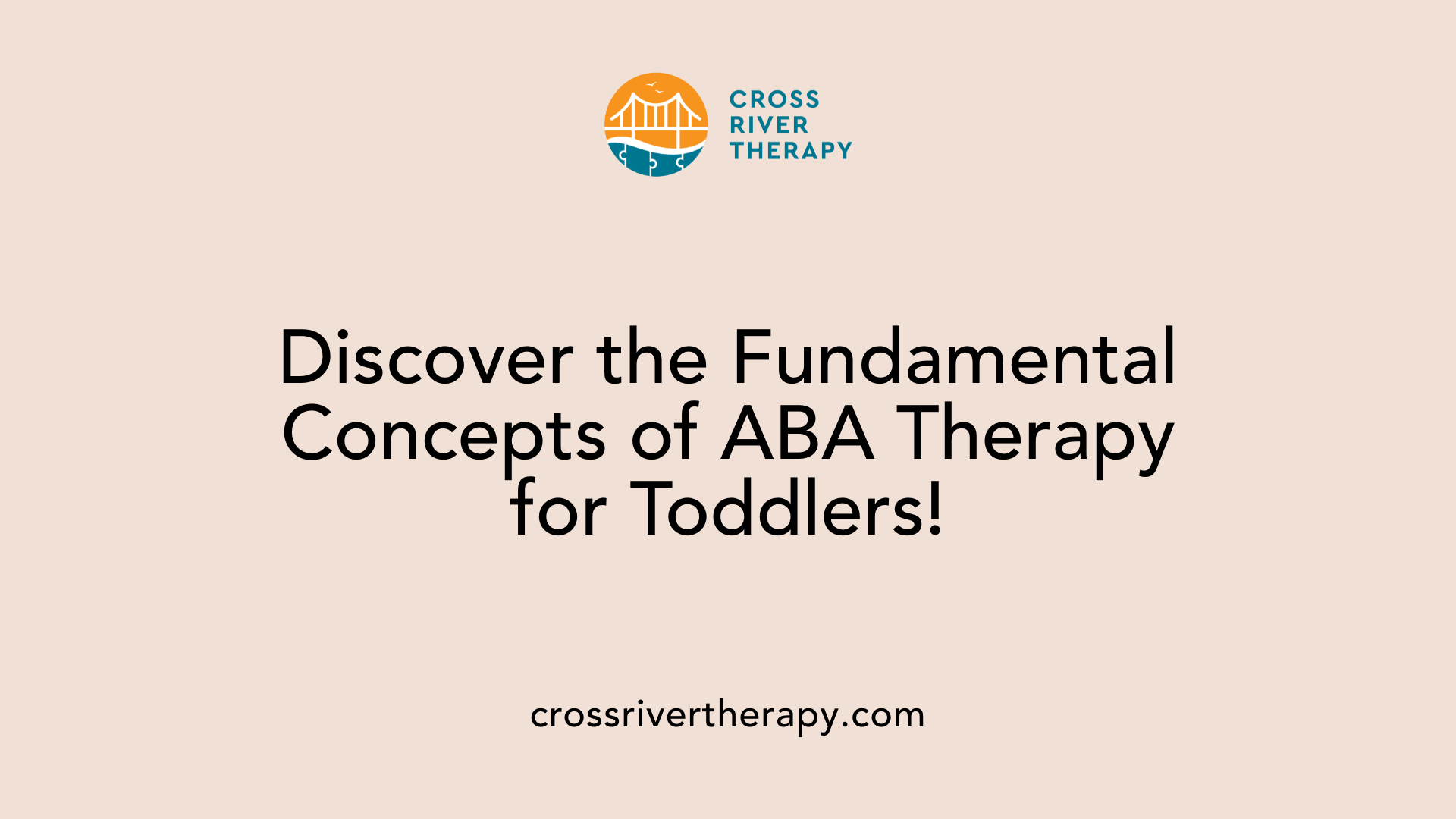
What is Applied Behavior Analysis (ABA) therapy, and how is it used for toddlers with developmental challenges like autism?
Applied Behavior Analysis (ABA) therapy is a scientifically validated approach primarily designed to assist individuals with Autism Spectrum Disorder (ASD). It focuses on enhancing communication, developing social skills, and reducing challenging behaviors through a structured framework. ABA employs techniques like positive reinforcement, which rewards desirable behaviors to encourage their repetition.
The therapy operates on the principles of behaviorism, analyzing actions based on their antecedents (triggers) and consequences (rewards or punishments). This understanding allows therapists to tailor interventions to each child’s specific challenges and goals.
For toddlers, early intervention with ABA is crucial, as starting therapy before the age of four leads to significant improvements in essential skills. These include communication, social interactions, and daily living skills, fostering greater independence as they grow. Parental involvement is integral; parents are trained to reinforce learning at home, ensuring consistency and generalization of skills across different environments.
Although some critiques exist regarding the application of ABA methods, many supporters underscore its adaptability and effectiveness, asserting that it can offer meaningful benefits for children with unique developmental challenges.
Principles and Techniques of ABA Therapy for Toddlers
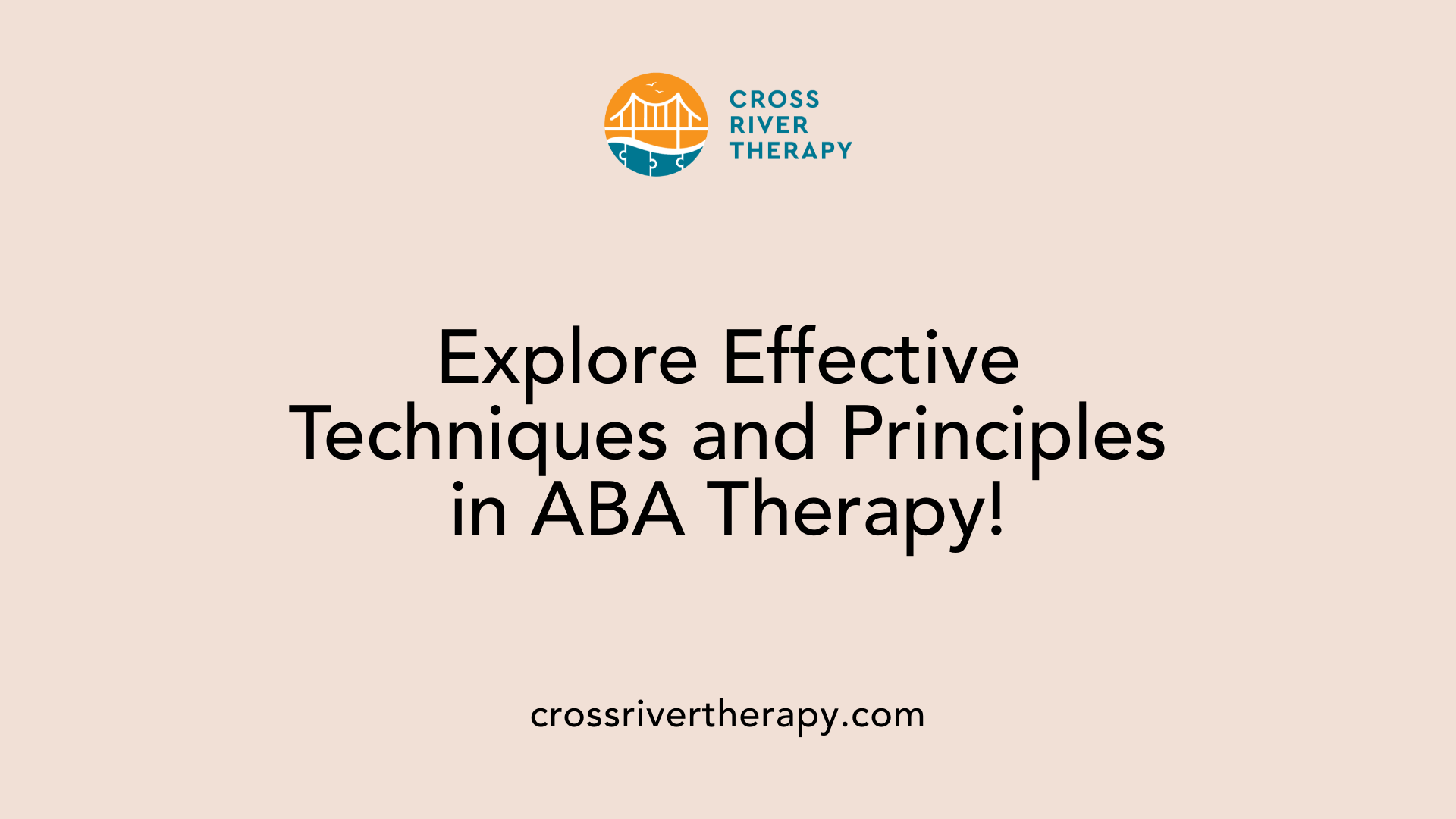
What are the principles and techniques of ABA therapy for toddlers?
Applied Behavior Analysis (ABA) therapy for toddlers employs a range of principles and techniques specifically designed to aid children with autism in acquiring vital skills. One of the fundamental strategies in ABA is positive reinforcement, which involves rewarding desirable behaviors to encourage their repetition. For example, a child might receive praise or a preferred activity for appropriately asking for a toy instead of grabbing it. This form of motivation plays a critical role in behavior modification.
Another technique is prompting, which provides children with cues or hints to assist them in completing tasks. This method helps children learn new skills efficiently while building their confidence. To diversify learning, ABA also uses methods like video modeling, where children watch video demonstrations of skills, and functional communication training, focusing on teaching effective communication strategies.
Discrete Trial Training (DTT) is another prevalent approach within ABA. It breaks down skills into small, manageable components, allowing for systematic teaching and reinforcement of responses. Furthermore, the therapy emphasizes generalization, ensuring that learned skills can be applied in various everyday situations and settings. This broad applicability enhances a child’s adaptability and social integration.
Assessments conducted by qualified behavior analysts are essential to customizing interventions for each child, addressing their unique needs and promoting effective learning pathways. Individualized treatment plans are developed based on ongoing evaluations, ensuring relevance and adaptability as the toddler progresses.
Evaluating the Effectiveness and Benefits of ABA
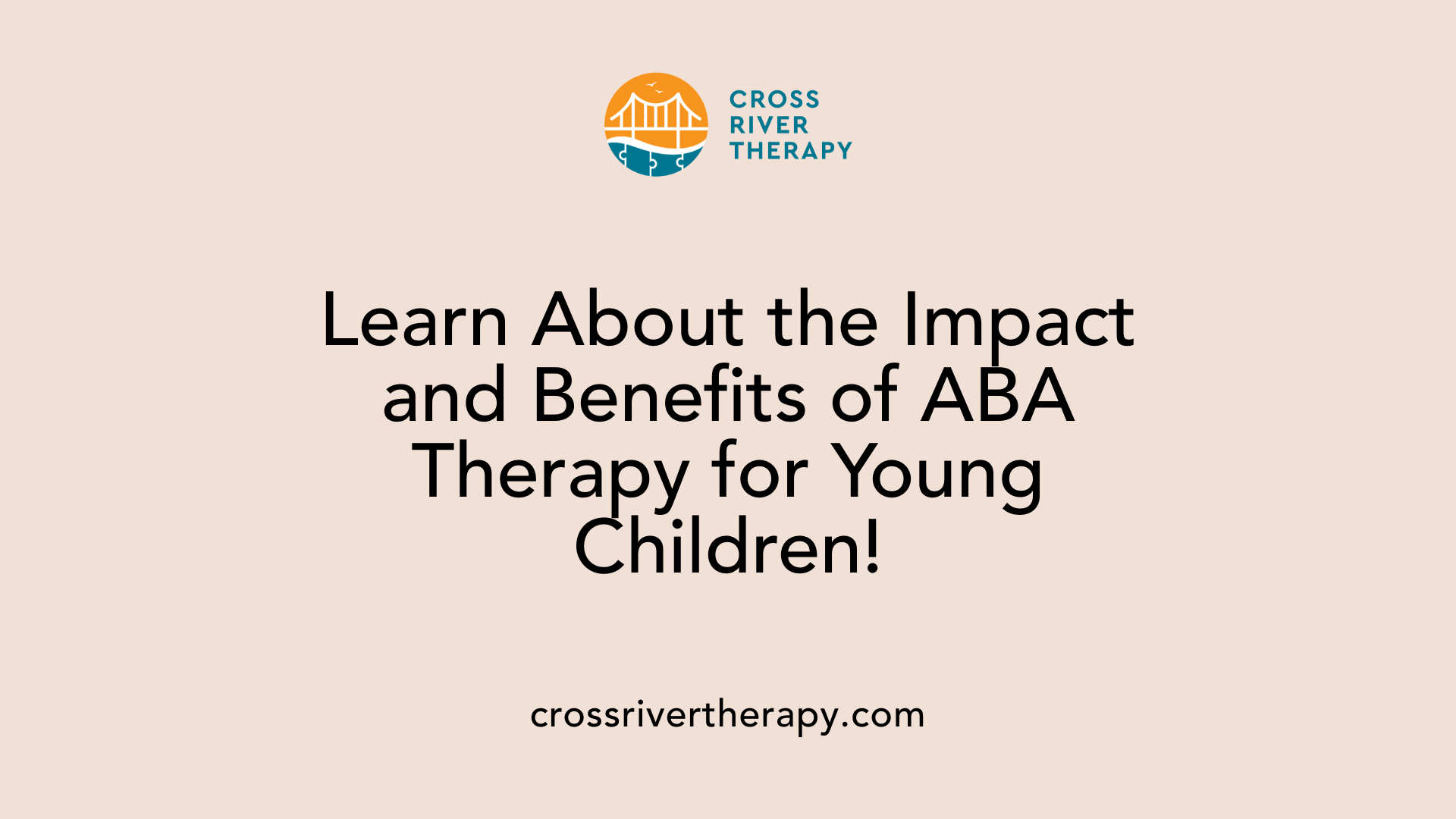
How effective is ABA therapy for young children, and what benefits does it offer?
ABA therapy is widely recognized as a highly effective approach for young children, especially those diagnosed with autism spectrum disorder (ASD). Grounded in scientific principles, it caters to the unique developmental needs of each child, making it an individualized intervention.
Research indicates that early and intensive ABA therapy can yield substantial improvements in several critical areas:
By employing positive reinforcement strategies, ABA not only supports skill acquisition but also helps children in managing their emotions and behaviors effectively. Continuous monitoring and a data-driven approach ensure that interventions are adapted and optimized for each child’s specific needs.
Overall, the effectiveness of ABA therapy is most pronounced when practiced consistently, with an optimal dosage correlating to better developmental outcomes. This structured yet flexible approach fosters independence in children, ultimately enhancing their overall quality of life.
Significance of Early Intervention and Parental Involvement
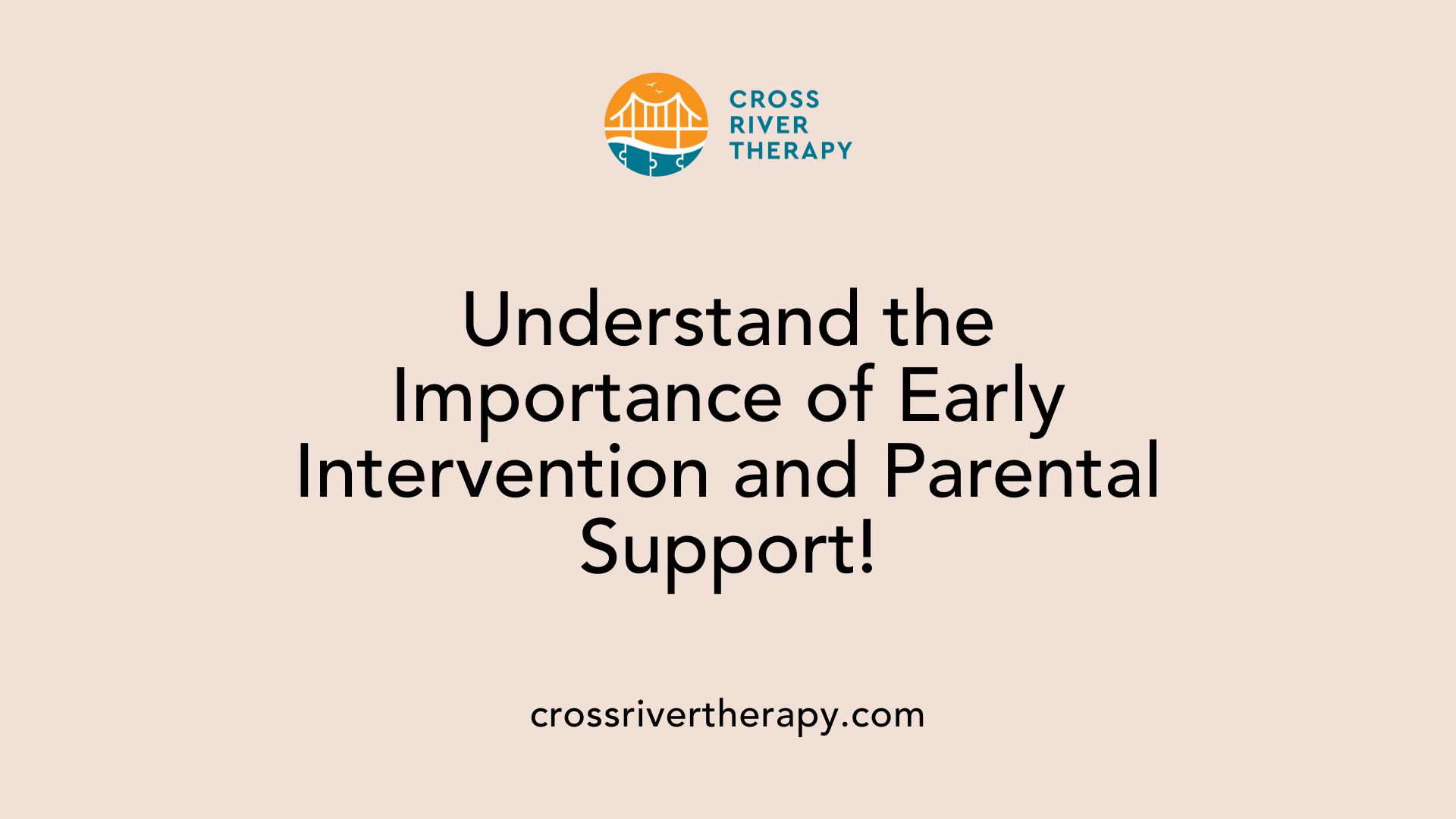
Why is early intervention and parental involvement important in ABA therapy?
Early intervention is vital for children undergoing Applied Behavior Analysis (ABA) therapy, particularly for those with autism spectrum disorder (ASD). Starting therapy before the age of four leverages the brain's heightened plasticity during these formative years, enabling quicker and more substantial developmental gains. Research shows that toddlers who receive early ABA interventions benefit greatly in areas such as communication, social skills, and everyday living abilities, setting a solid foundation for future learning and adaptation.
Parental involvement plays a pivotal role in the success of ABA therapy. When parents actively participate, they help reinforce the skills that their children learn during therapy sessions in real-life settings. This continuity is essential; skills practiced at home solidify learning and contribute to long-term behavioral improvements. Additionally, when parents are trained in effective ABA strategies—like positive reinforcement or the use of visual schedules—they evolve into empowered caregivers, equipped to support their child's developmental journey.
The collaboration between parents and therapists is key, ensuring that interventions are tailored to meet each child’s unique needs. Such partnerships foster a comprehensive approach to skill acquisition, providing children with the tools they need to thrive both socially and behaviorally.
Structure and Methodologies of ABA Therapy Sessions
How is an ABA therapy session structured, and what methodologies are used?
An ABA therapy session is designed to be individualized, usually lasting between one to four hours, depending on the specific needs of the child. Each session comprises several standard components that work together to promote effective learning. These include:
In terms of methodologies, two primary approaches are employed:
Throughout the sessions, positive reinforcement techniques are crucial, as they reward the child for appropriate behaviors and encourage continued success. Additionally, ongoing data collection during sessions ensures that progress is monitored and strategies are adjusted as necessary.
Parental involvement plays a vital role in ABA therapy; parents are encouraged to apply techniques learned during sessions at home. This involvement not only extends the child's learning experience beyond the therapy but also helps maintain consistency across different settings.
Overall, the structured blend of methodologies and active parent participation significantly enhances the effectiveness of ABA therapy for toddlers.
Goals and Outcomes of ABA Therapy for Toddlers
What goals might ABA therapy aim to achieve for a two or three-year-old child?
ABA therapy for a two or three-year-old child typically aims to achieve several essential goals focusing on:
Caregivers collaborate closely with Board Certified Behavior Analysts (BCBAs) to create tailored, measurable goals. This individualized approach ensures that therapy plans reflect the child's unique needs and the family's values, which can significantly enhance the effectiveness of the interventions utilized.
Expected Outcomes
The expected outcomes of ABA therapy for toddlers often include:
These outcomes are achievable through structured interventions and ongoing reinforcement, making ABA therapy a powerful tool for supporting toddler development.
Age Relevance and Limitations of ABA Therapy
Optimal Age for ABA Therapy
ABA therapy demonstrates the most significant effectiveness when initiated in early childhood, particularly between the ages of 0 to 2 years. Studies have shown that engaging toddlers in ABA interventions before the age of 6 not only enhances developmental outcomes but also fosters essential communication and social skills. Early initiation sets a solid foundation for future learning and behavioral improvements, paving the way for greater independence in later years.
Age Limitations
While starting ABA therapy at a young age is highly beneficial, it is important to note that children of varying ages can still derive advantages from the therapy. Research confirms that ABA can be effective for older children and adolescents, although the gains may not be as pronounced as with younger children. Rather than a strict age limit, the focus remains on the timing of interventions, as earlier support generally yields better results for children facing developmental challenges.
In summary, while early intervention is paramount, ABA therapy remains adaptable and can still provide valuable support throughout a child's developmental journey.
Engaging Toddlers in ABA Sessions
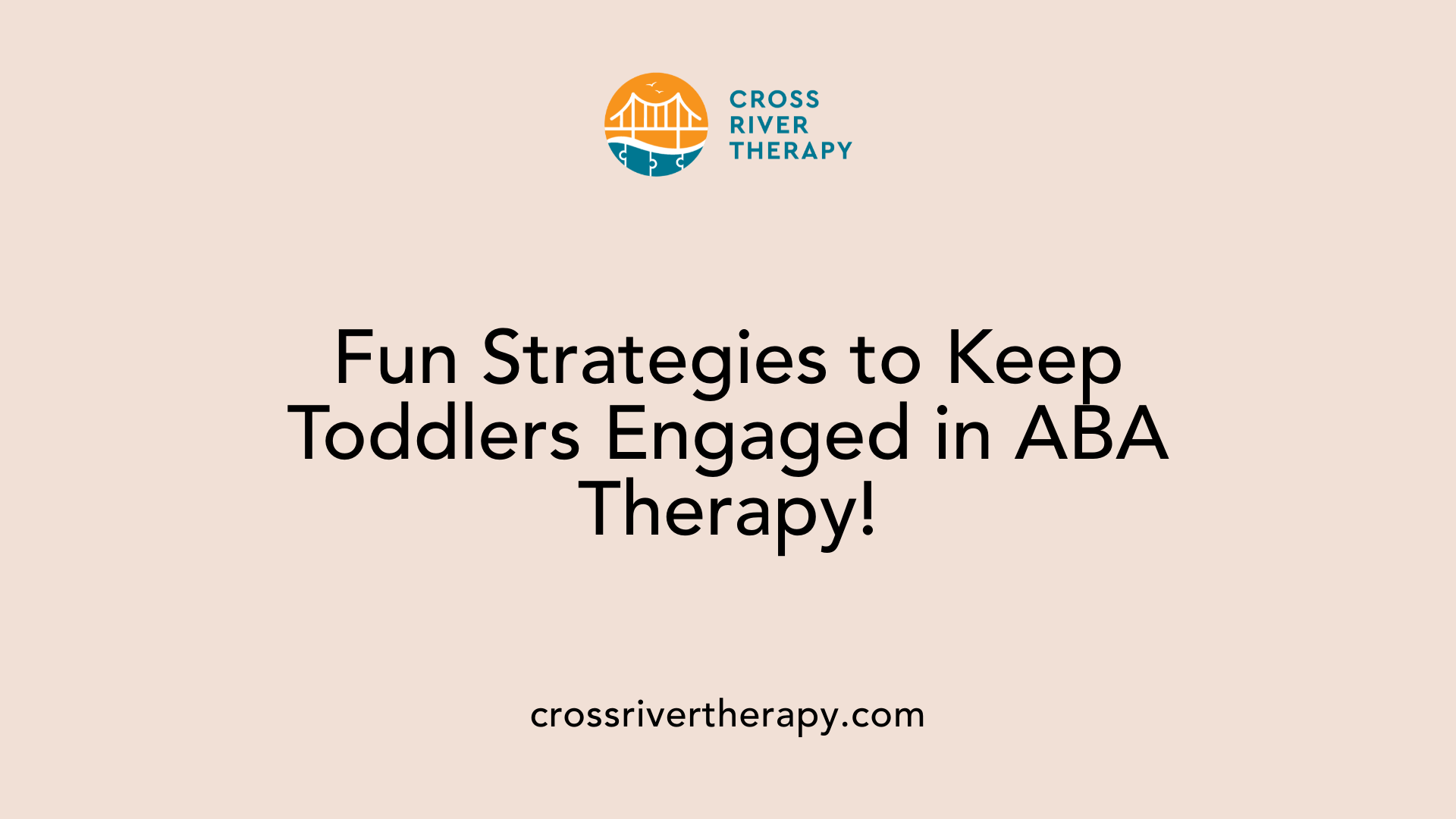
How can ABA sessions be made engaging and fun for toddlers?
To make ABA sessions engaging and fun for toddlers, it’s essential to create an environment that captures their interest. Incorporate colorful toys and interactive games to stimulate visual and tactile senses. Regularly introduce new reinforcers, like fun videos or hands-on activities, to keep the learning experience fresh and exciting.
Strategies for Fun Learning Activities
Allow toddlers to exercise choice within their session. This could involve letting them select between various activities or choose their rewards, fostering a sense of autonomy that can lead to greater engagement. Here are some effective activities to consider:
ActivityDescriptionGoalInteractive PlayUsing toys that require manipulation (e.g., building blocks)Enhance fine motor skills and problem-solving abilitiesMovement BreaksPhysical activities like dancing or obstacle coursesPromote physical health and manage attention spansVisual AidsIncorporate picture cards or charts for communicationImprove understanding and vocabularyRole-Playing GamesPretend play scenarios (like cooking or shopping)Develop social skills and imaginative thinkingJoint Attention ActivitiesEngage in activities like reading books togetherFoster eye contact and shared focus on tasks
Lastly, incorporating movement and play is crucial since toddlers are naturally active. By blending fun physical activities with learning, you can transform ABA sessions into enjoyable experiences rather than chores, enhancing both engagement and learning outcomes.
Conclusion
As this exploration into ABA therapy for toddlers has illustrated, its tailored and scientific approach offers significant potential for fostering developmental progress in young children with autism or other challenges. By understanding its principles, methodologies, and the importance of early intervention, parents and caregivers can make informed decisions that support their child's growth. With consistency, tailored interventions, and active parental involvement, ABA therapy stands as a pivotal tool in helping toddlers reach essential developmental milestones. Ultimately, this evidence-based therapy not only guides children towards greater independence but also supports their journey in navigating the world around them with confidence.



